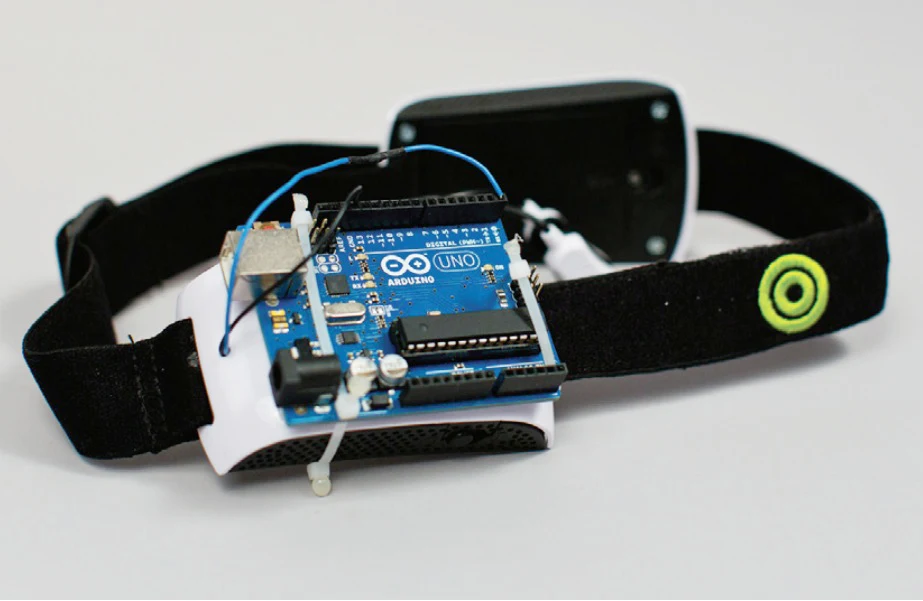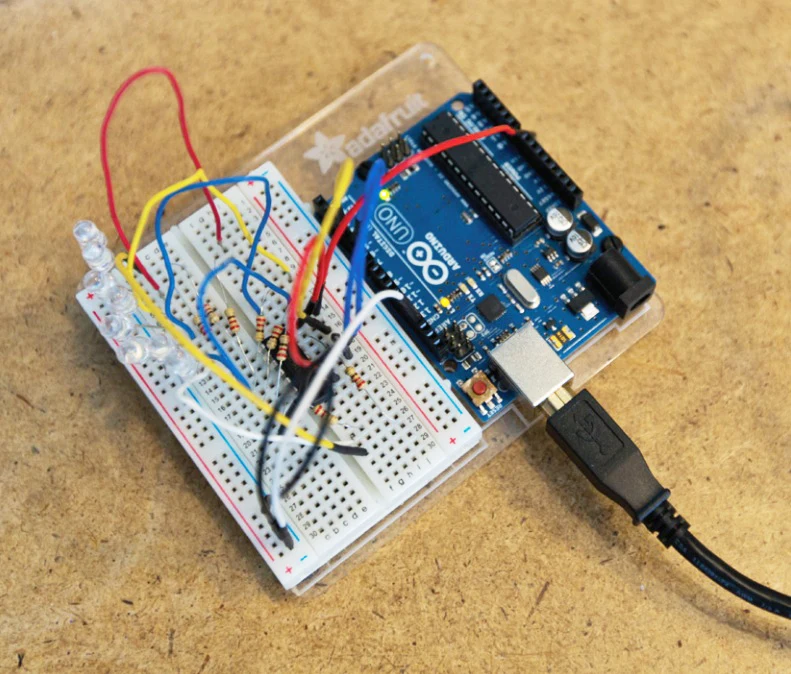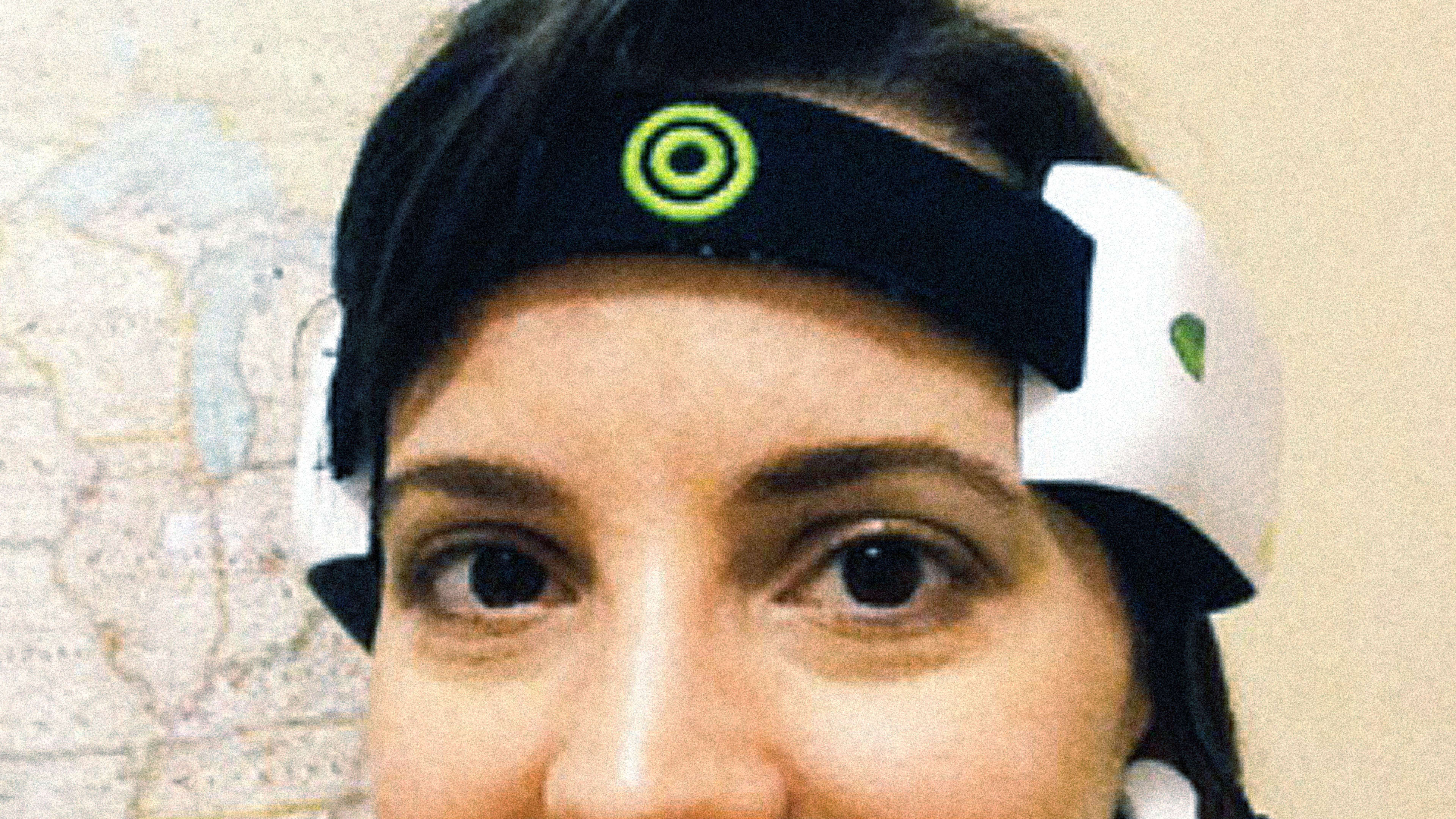Walk around the office. Check email only twice a day. “Unplug” on weekends. All of these pieces of advice are supposed to help us stave off work burnout exacerbated by the Internet. But sometimes it’s still difficult to tear away from the screen, even if we know our brains are sinking into a fog of distraction.
How about a headset that doesn’t give you a choice?
Earlier this year, Kathryn McElroy, now a user experience designer for IBM’s Watson, started experimenting with EEG readers that measure a person’s brain’s electric activity. She wanted them to control the settings on a work computer. “Cortex,” as she called the concept, would be an EEG reader that could notice when your brain started getting distracted, then dim the screen on your computer in response. The only way to reactivate the electronics would be to reactivate your brain.

McElroy, who developed Cortex as part of her masters thesis for the School of Visual Arts, also worked on a line of other wearables that might help desk-sitters refocus energy. “I was really delving into how our technology seems designed to distract us. It’s notification nation–everything is trying to win your attention,” she says. “So I began thinking about how we could start designing that technology to focus and on everyday experience.”
Picture a future in which white collar office workers all have something like Cortex affixed to their heads. If the screen dims, maybe you go for a walk or eat a piece of chocolate. Focus becomes a necessary, rather than sufficient, condition for work.
That future, however, is still a long way off. Affordable EEG’s often only have one sensor, which simply isn’t sensitive enough to measure subtle focus/unfocused cues. When McElroy tested Cortex on a few of her classmates, she found that the headsets weren’t robust enough to send a consistent signal (via Bluetooth) to a computer program that would then dictate the workstation’s response.

And what if constant distraction isn’t something to be fought? What if multi-tasking–like volleying between different social media feeds–is required for work, or simply a facet of the modern condition? Some argue it’s even helpful to our creativity.
McElroy says that the best EEG’s (the kinds with tens of sensors) don’t necessarily distinguish between multi-tasking and single-task focus, but instead note when your brain begins to enter dreamy states. But McElroy doesn’t think that EEG readers–like Muse, Melon, Mindflex, or Neurosky, for example–will one day function like fitness trackers for your brain. Instead, she sees them as tools that can switch your environment on or off, depending on your mental state.
“I think what’s more interesting is using [an EEG] as a sensor that can then adapt the environment around you to make that environment more focusable for you,” she says.
McElroy’s taking a break from Cortex development for now. But she’s gotten enough attention for another of her thesis devices–an armband that feeds soft haptic vibrations into your body like a pulse–that she’s considering pursuing more wearables like it.
Recognize your brand’s excellence by applying to this year’s Brands That Matter Awards before the early-rate deadline, May 3.
